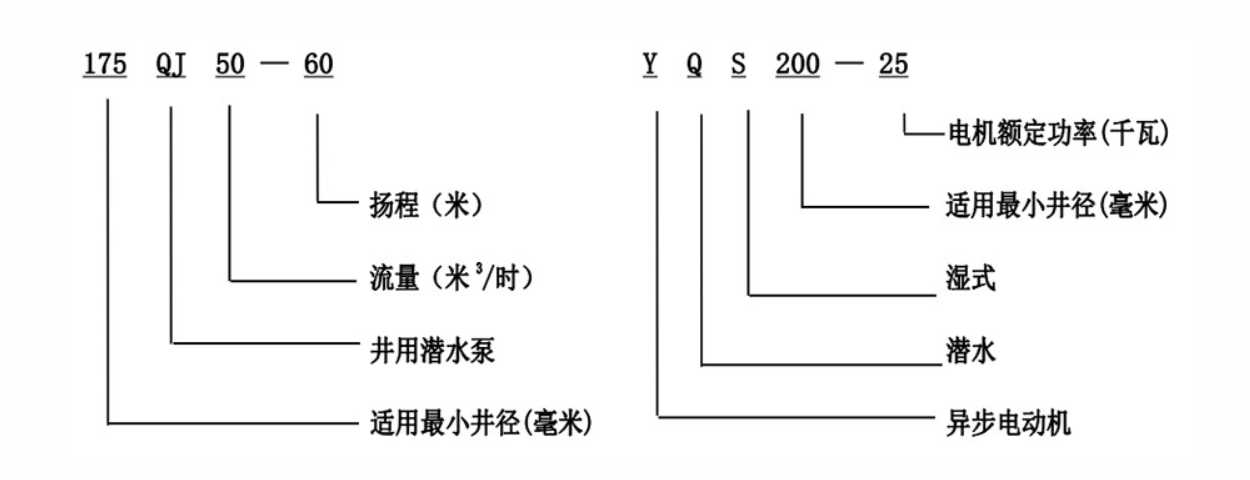Jul . 27, 2024 11:16 Back to list
Installation Guide for Deep Well Submersible Pump with Detailed Diagram and Steps
Understanding Deep Well Submersible Pump Installation
Deep well submersible pumps play a critical role in extracting groundwater from significant depths to meet agricultural, industrial, and residential needs. Understanding the installation process of these pumps is essential for ensuring long-term efficiency and reliability. This article will explore the key components of a deep well submersible pump installation diagram, providing insight into the installation process and related considerations.
Components of a Deep Well Submersible Pump
A deep well submersible pump typically consists of several vital components
1. Pump Body This is the main housing for the pump, where the motor and impellers are located. The pump body is designed to withstand high pressures and should be made of durable materials, such as stainless steel, to prevent corrosion.
2. Motor Submersible pumps operate with an electric motor that is typically hermetically sealed to prevent water ingress. The motor's placement below the water level ensures that it remains cool during operation.
3. Discharge Head Located at the top of the well, the discharge head is where the pumped water is delivered above ground. It houses the electric connections and often integrates a check valve to prevent backflow.
4. Column Pipe This pipe connects the pump to the discharge head and is responsible for transporting water from the pump to the surface.
5. Power Supply A power cable runs from the surface to the submersible motor, enabling its operation. Proper electrical connections are crucial for safety and efficiency.
Installation Process
deep well submersible pump installation diagram

The installation of a deep well submersible pump involves several steps
1. Site Assessment and Preparation Before installation, ensure the site has been carefully assessed for depth, water quality, and yield. This information influences the choice of pump type and size. Clear the installation area of debris for safe and easy access.
2. Drilling the Well The next step involves drilling down to the required depth. The drilling should comply with local regulations, and the diameter of the well should accommodate the pump and associated equipment.
3. Installing the Pump Once the well is drilled, the submersible pump is lowered into the well using a suitable lifting device. Ensure that the pump is aligned correctly and that the power cable is fed up through the column pipe to the discharge head.
4. Connecting the Discharge Head The top of the well is capped with the discharge head, ensuring it is sealed to prevent contamination. Connect the power supply and any necessary plumbing to channel the water to its intended use.
5. Testing the System After installation, it is vital to test the pump to ensure it operates correctly. Monitor the flow rate, pressure, and energy consumption to verify that all components are functioning as expected.
Maintenance Considerations
Once installed, regular maintenance is crucial for the longevity of your submersible pump system. Regular inspections can identify signs of wear, corrosion, or electrical issues. Keeping the discharge area clear allows for efficient water flow.
Conclusion
A deep well submersible pump is a reliable solution for accessing groundwater, but proper installation is key to its performance and durability. By understanding the components and adhering to the correct installation process, users can ensure their pumps operate efficiently for years to come. Familiarity with the installation diagram allows for better planning, troubleshooting, and maintenance of these essential systems.
-
Submersible Water Pump: The Efficient 'Power Pioneer' of the Underwater World
NewsJul.01,2025
-
Submersible Pond Pump: The Hidden Guardian of Water Landscape Ecology
NewsJul.01,2025
-
Stainless Well Pump: A Reliable and Durable Pumping Main Force
NewsJul.01,2025
-
Stainless Steel Submersible Pump: An Efficient and Versatile Tool for Underwater Operations
NewsJul.01,2025
-
Deep Well Submersible Pump: An Efficient 'Sucker' of Groundwater Sources
NewsJul.01,2025
-
Deep Water Well Pump: An Efficient 'Sucker' of Groundwater Sources
NewsJul.01,2025
-
 Submersible Water Pump: The Efficient 'Power Pioneer' of the Underwater WorldIn the field of hydraulic equipment, the Submersible Water Pump has become the core equipment for underwater operations and water resource transportation due to its unique design and excellent performance.Detail
Submersible Water Pump: The Efficient 'Power Pioneer' of the Underwater WorldIn the field of hydraulic equipment, the Submersible Water Pump has become the core equipment for underwater operations and water resource transportation due to its unique design and excellent performance.Detail -
 Submersible Pond Pump: The Hidden Guardian of Water Landscape EcologyIn courtyard landscapes, ecological ponds, and even small-scale water conservancy projects, there is a silent yet indispensable equipment - the Submersible Pond Pump.Detail
Submersible Pond Pump: The Hidden Guardian of Water Landscape EcologyIn courtyard landscapes, ecological ponds, and even small-scale water conservancy projects, there is a silent yet indispensable equipment - the Submersible Pond Pump.Detail -
 Stainless Well Pump: A Reliable and Durable Pumping Main ForceIn the field of water resource transportation, Stainless Well Pump has become the core equipment for various pumping scenarios with its excellent performance and reliable quality.Detail
Stainless Well Pump: A Reliable and Durable Pumping Main ForceIn the field of water resource transportation, Stainless Well Pump has become the core equipment for various pumping scenarios with its excellent performance and reliable quality.Detail
